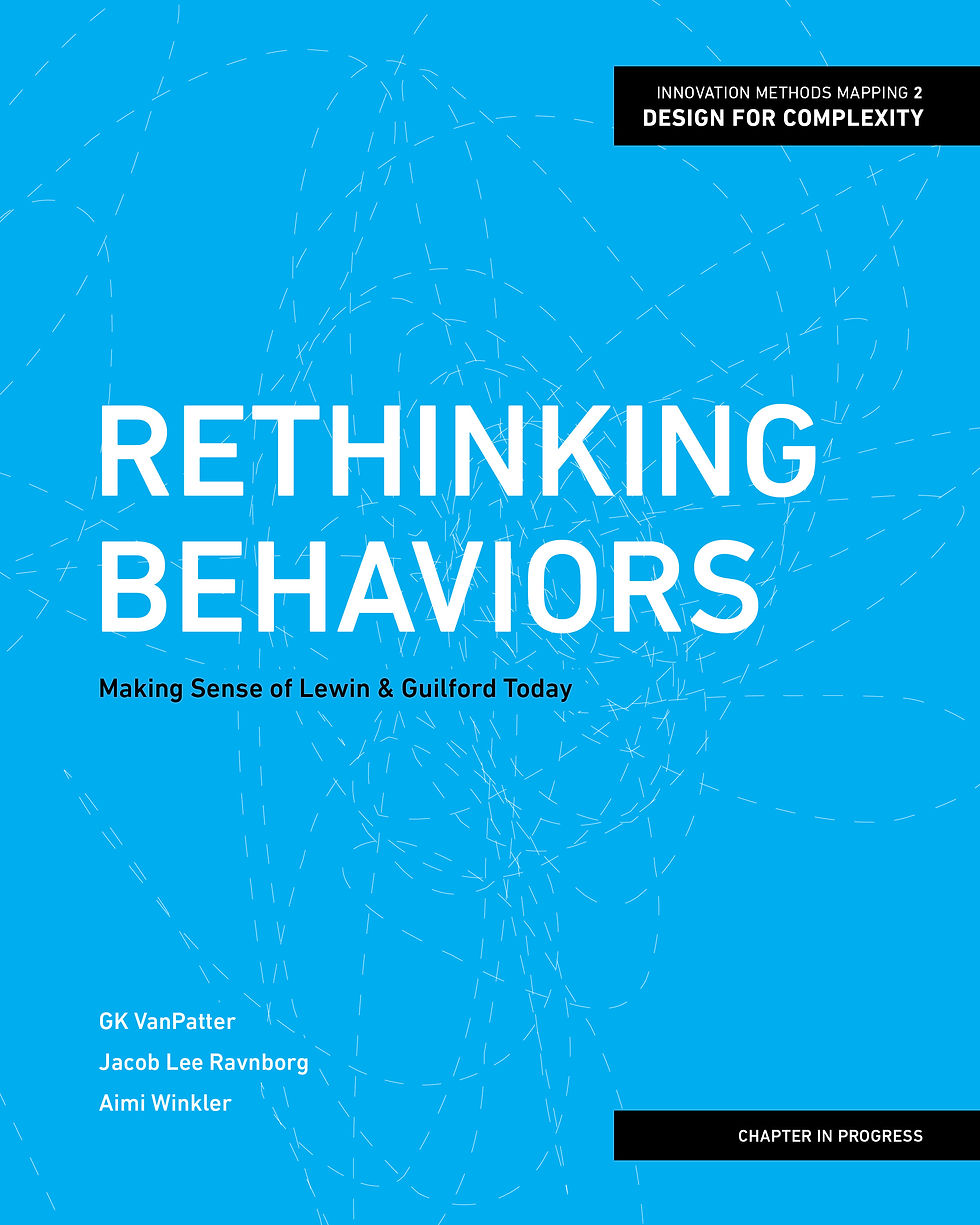Sharing Practice-Based Lessons
- Admin
- Jan 1, 2023
- 2 min read
Updated: Jul 13, 2025

Ten Things We Learned
Welcome back Humantific Journal readers! We often try to participate in various online discussions but being practioners engaged in multiple streams of client work, research and writing books this is not always possible.
In this post we are happy to reshare a list of ten learnings that we posted in a recent LinkedIn conversation on the ever-growing subject of sensemaking. With lots of folks arriving into the subject from many disciplines, not everyone in the marketplace knows that sensemaking has been connected to the subject of changemaking. Humantific is a pioneer in that connective direction. Visual SenseMaking creates fuel for and informs organizational and societal ChangeMaking.
Both are big subjects! Happy to share few things we have learned over 20 years in SenseMaking for ChangeMaking consulting practice.
1. Visual SenseMaking is a long standing practice arena not just a flavor of the month subject rising in popularity. It encompasses both organizational and societal SenseMaking. We do see lots of foreshortened perspectives regarding the roots of sensemaking...often focused on Type 1 in this diagram, stemming from the Weick/Dervin Root Stream.

2. Years ago we figured out that SenseMaking by itself as evidenced in early pioneering practices of Isotype Institute, Eames Office, Richard Wurman, etc was great work but by itself not enough to drive ChangeMaking.
3. Since long ago we connected SenseMaking to ChangeMaking we become responsible for the dynamics of both. SenseMaking can be inclusive as can be ChangeMaking.
4. In that context we want to move away from the deeply rooted old school orientation still taught in many graduate programs that positions convergent thinking (decision-making) as the highest form of value. In the context of innovation, it isn’t.
5. Not only is convergent thinking just one part of innovation but the purpose of SenseMaking is broader than just informing convergent thinking.
6. It is pretty much understood in the ChangeMaking practice community that perfection is not the goal and all change tends to be evolutionary, meaning the cycle is ongoing so there is not an end point. Cognitive capacity is always going to be limited and can be expanded/better managed with skill-building.
7. SenseMaking for ChangeMaking capacity is adaptive capacity. It becomes the real world mechanism underneath organizational adaptability.
8. The notions of “threat and fear” are not universal interests in the organizational or societal SenseMaking arenas.
9. Helping organizations to “break out of existing ruts” is considered to be part of ChangeMaking capacity building.
10. We don't need to just change our "glasses", but when it comes to ChangeMaking also our behaviors.

Questions? Send us an email: kickitup (at) humantific (dot) com
Related, Previously Published:



Comments